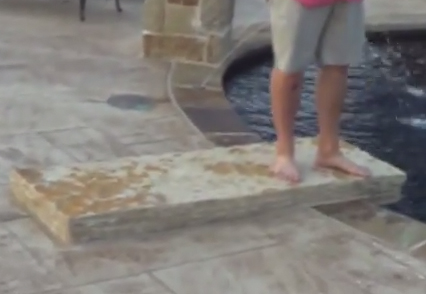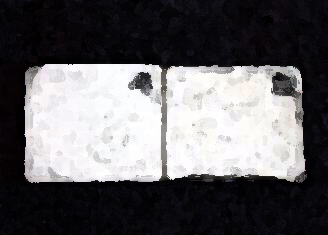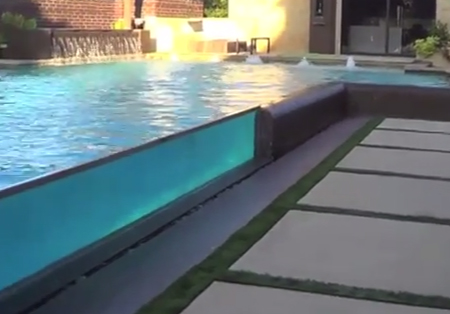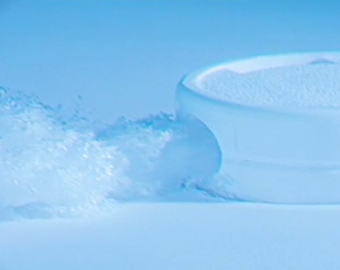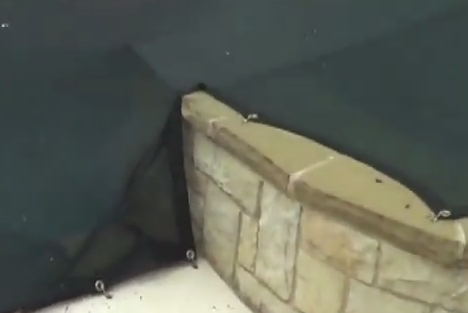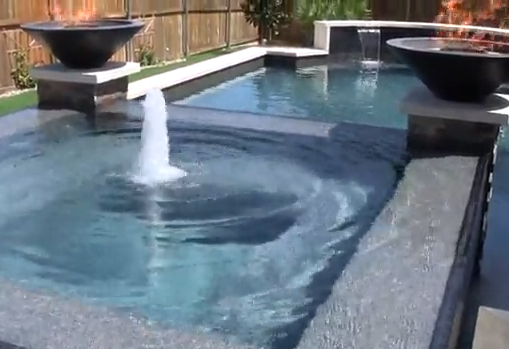Pools & Spas
Through the past 15 or 20 years, designers of custom swimming pools and spas have focused considerable attention on aesthetics and on making their clients' backyards easy on the eye. In crafting all of those integrated spaces in which nothing is out of place, they start by dismissing project elements that might stir up otherwise calm visual seas. For lots of designers, this has made them reluctant to consider such things as
It's understandable that some would think that too much cyanuric acid - that is, the stabilizer used to keep the sun from destroying the chlorine in outdoor pools and spas - might be bad for the interior finish. It is, after all, acid, which instantly conjures images of surface corrosion and ruination. The fact of the matter, however, is that high cyanuric acid levels do not cause
Of all the new twists that have been added to the realm of swimming pool design in the last dozen or so years, one of my very favorites is on display in this video. I absolutely love the way acrylic walls add an exclamation point to just about any suitable project. I'm also of the opinion that, as watershape designers, we're only beginning to scratch the surface when it comes to exploiting their potential in our
It's a plain fact: Nothing cools the affection of a new owner faster than confronting an under-equipped swimming pool's need for lots of routine maintenance. He or she doubtless wanted the watershape for the good times it would provide; vacuuming the walls and floors and skimming leaves off the surface were definitely not part of the conceptual bargain. That's why, as this video relates, it's so important to include some form of automatic cleaning system along with the pool right from the start. Yes, there are
In large parts of the country, pool owners are happy that there's no need to winterize their watershapes the way it's typically done across the northern states: No need to shut down systems, draw down the water level and cover things up tight from October until March or April. In lots of warmer places, however, there's a benefit to adapting a component of those seasonal northern practices for the worthy purpose of keeping leaves in Texas or Florida or California from
In large parts of the country, pool owners are happy that there's no need to winterize their watershapes the way it's typically done across the northern states: No need to shut down systems, draw down the water level and cover things up tight from October until March or April. In lots of warmer places, however, there's a benefit to adapting a component of those seasonal northern practices for the worthy purpose of keeping leaves in Texas or Florida or California from
This video is a great example of the phenomenon known as "mission creep": We started out with a discussion of what's involved in making a residential swimming pool and spa accessible to someone who uses a wheelchair - a good and worthy subject on its own - but the project so perfectly illustrates a couple of additional points that we kept the camera rolling. The video covers one specific ramp in fine detail, but I want to stress two more general points about planning for wheelchair access: First, a properly sloped ramp
This video is a great example of the phenomenon known as "mission creep": We started out with a discussion of what's involved in making a residential swimming pool and spa accessible to someone who uses a wheelchair - a good and worthy subject on its own - but the project so perfectly illustrates a couple of additional points that we kept the camera rolling. The video covers one specific ramp in fine detail, but I want to stress two more general points about planning for wheelchair access: First, a properly sloped ramp
As I suggest at the start of the video linked below, one of the most important decisions made by a soon-to-be poolowner has to do with the tile and coping: Among all project components, these are generally the ones that stand out most in visual and aesthetic terms, so we do all we can to persuade our clients to choose wisely among all available possibilities. While we do tend to set them a little loose with this part of the process, we’re also










